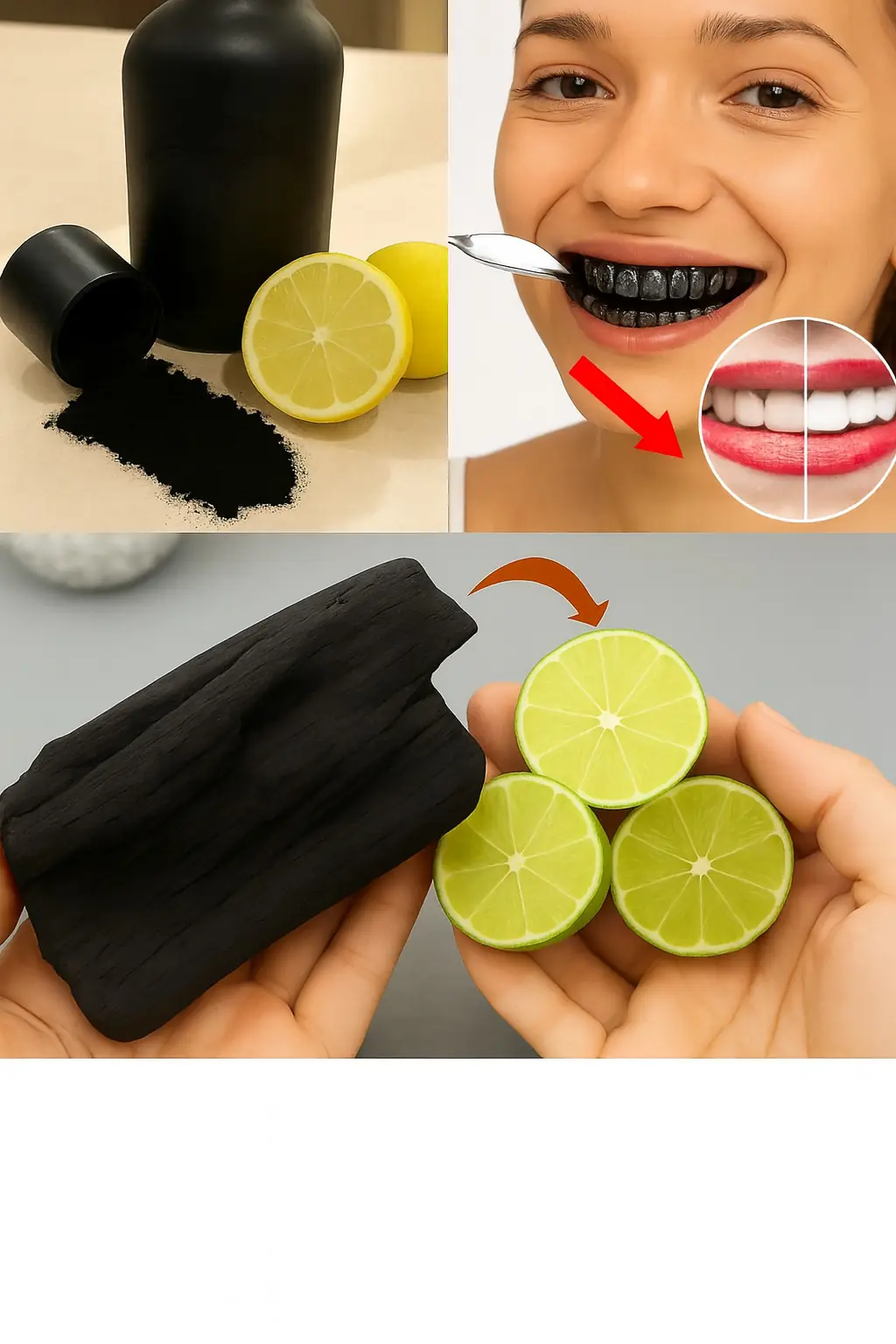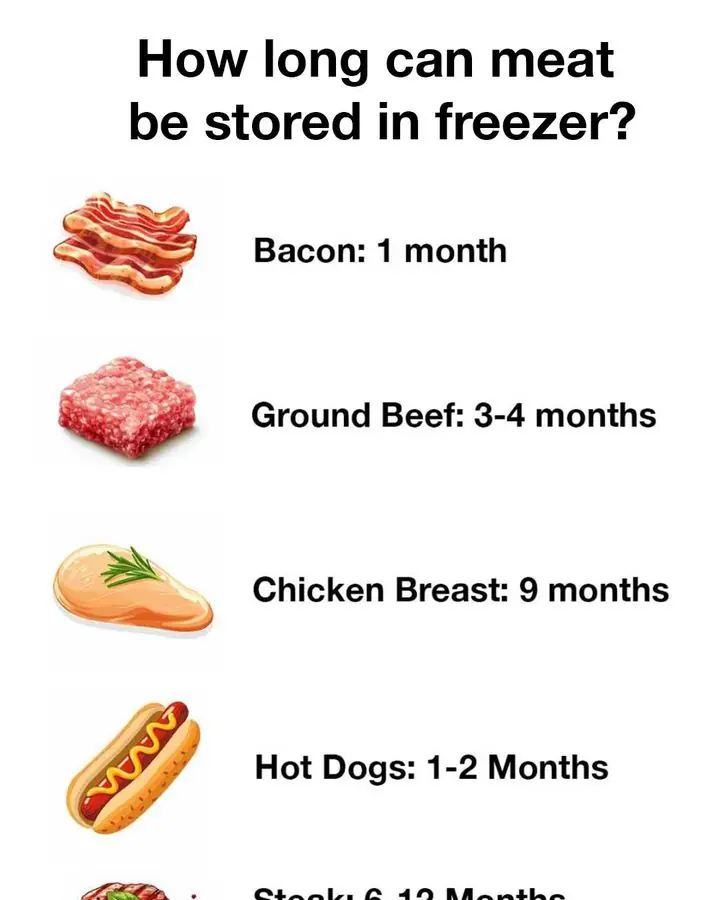
How to Grow Hydrangeas from Cuttings: A Step-by-Step Guide
Growing hydrangeas from cuttings is not only a cost-effective way to expand your garden, but also an incredibly satisfying process for gardeners of all experience levels. With just a few simple steps, you can propagate beautiful new hydrangea plants right at home.
1. Select the Right Cutting
Choose a healthy, non-flowering stem from your hydrangea plant. Look for new growth that is green and flexible, not woody. The cutting should be about 5–6 inches (12–15 cm) long and have two pairs of leaves.
2. Prepare the Cutting
-
Using clean, sharp scissors or pruning shears, cut the stem at a 45-degree angle just below a leaf node.
-
Remove the lower leaves, leaving only the top two leaves intact. You can also trim the top leaves in half to reduce moisture loss.
-
Optional: Dip the cut end into rooting hormone powder or gel to encourage faster root development.
3. Plant the Cutting
-
Fill a small pot with well-draining potting mix, ideally mixed with perlite or vermiculite to promote aeration and moisture balance.
-
Make a hole in the center of the soil with a pencil or stick.
-
Insert the cutting gently into the hole, about 2 inches deep.
-
Press the soil around the stem to hold it firmly in place.
4. Create a Humid Environment
To simulate a greenhouse:
-
Cover the entire pot with a clear plastic bag or dome. Use sticks or skewers to keep the plastic from touching the leaves.
-
This helps maintain high humidity, which is essential for root formation.
5. Provide Proper Light and Moisture
-
Place the pot in bright, indirect sunlight (avoid harsh, direct rays).
-
Keep the soil consistently moist but not soggy. Water gently if the top layer feels dry.
-
Watch for condensation inside the plastic—this means humidity is sufficient. If there's too much, open the cover briefly for ventilation.
6. Monitor Root Development
After 2–4 weeks, gently tug on the cutting. If you feel resistance, it means roots have started to grow.
If there's no resistance after 4 weeks, don’t worry—some cuttings take longer, or may need to be restarted.
7. Transplant Your New Plant
Once the roots are strong and visible (you may see them through drainage holes), transplant the cutting into:
-
A larger pot, or
-
Directly into your garden (ideally in spring or early fall).
Choose a spot with morning sun and afternoon shade, and water the plant thoroughly after transplanting.
8. Be Patient & Keep Nurturing
Not every cutting will succeed—but with consistent care, patience, and a little love, you’ll soon be rewarded with vibrant hydrangea blooms in your garden.
News in the same category


How to Unclog Stovetop Burners and Make the Flame Stronger with This Fantastic Homemade Trick
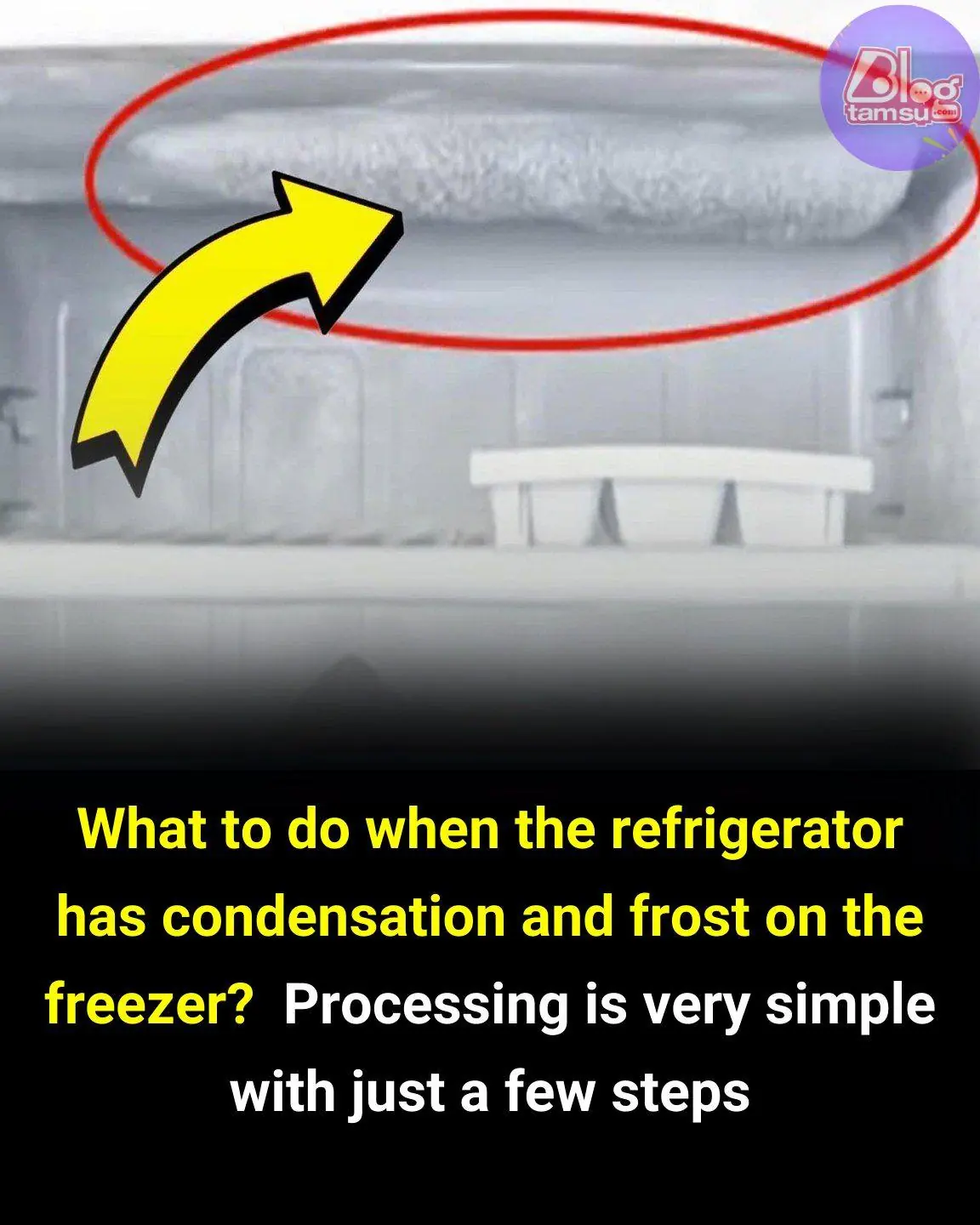
What to Do When Your Refrigerator Has Condensation and Frost in the Freezer
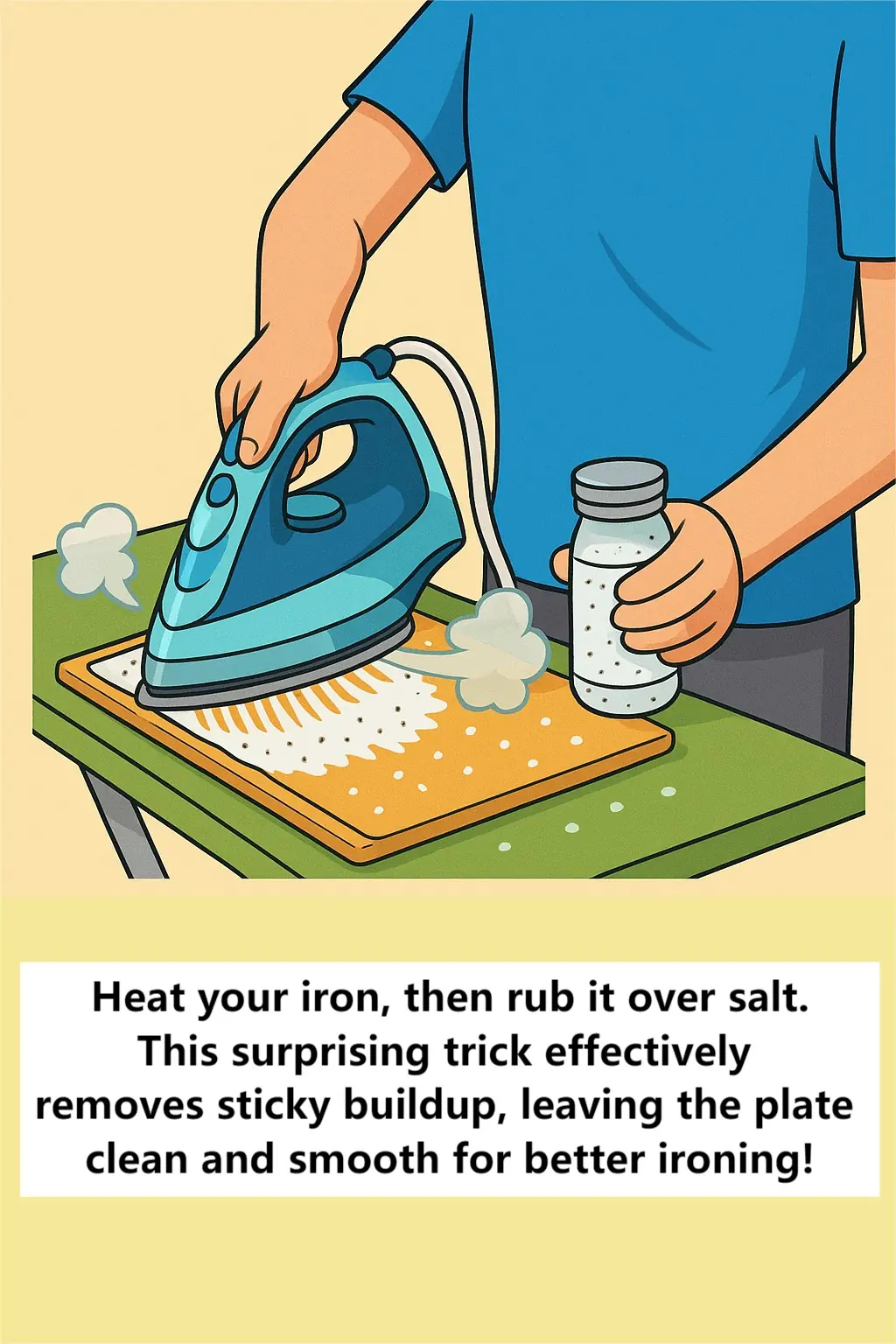
Simple Salt Hack Helps Clean Sticky Irons and Improve Performance

Why You Shouldn’t Sleep Next to a Charging iPhone Thermal Buildup

12 NATURAL HOMEMADE CLEANERS that will clean, sanitize and disinfect everything in our homes
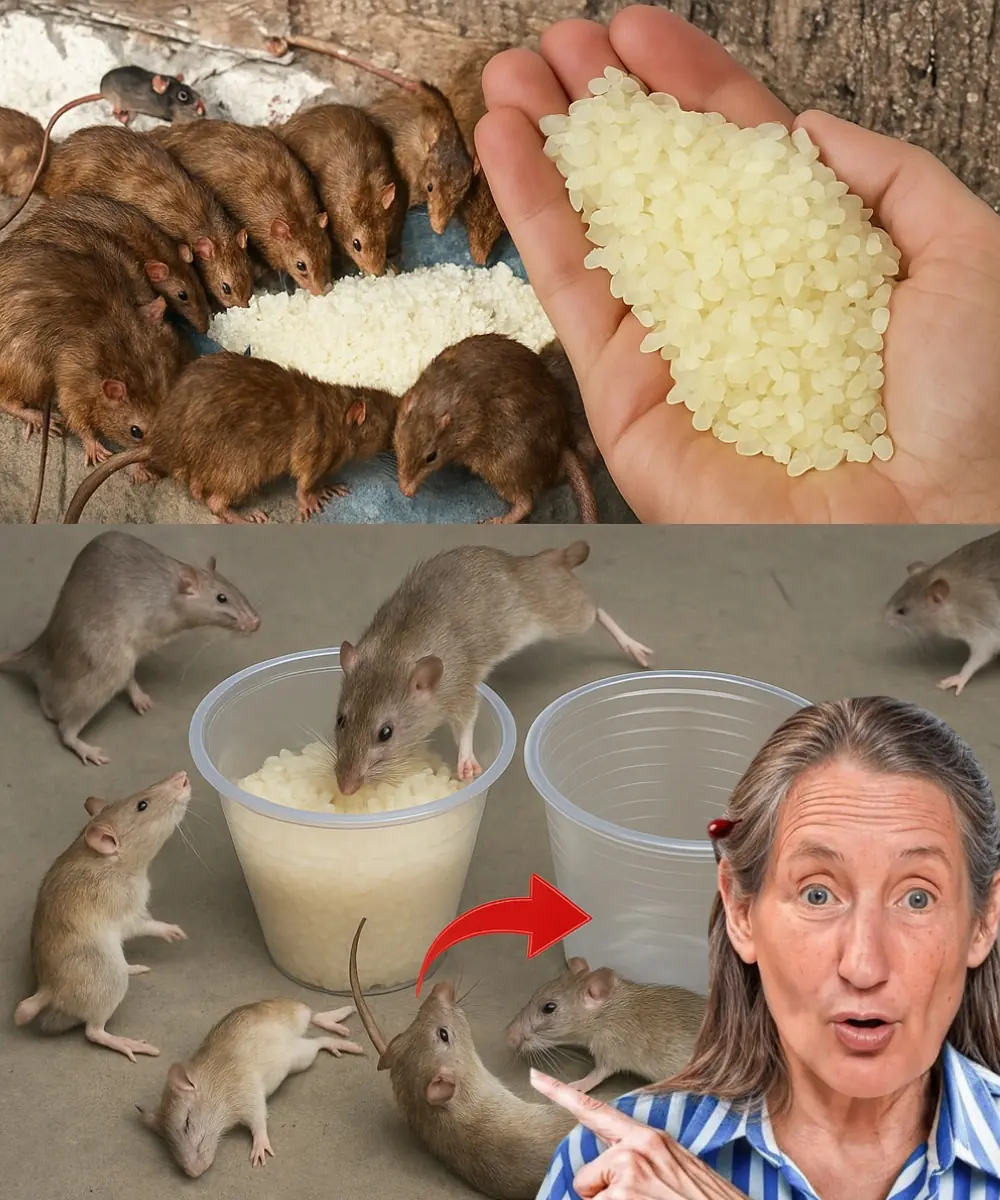
Shocking Kitchen Hack: Eliminate Rats and Cockroaches Forever with This Rice Trick!
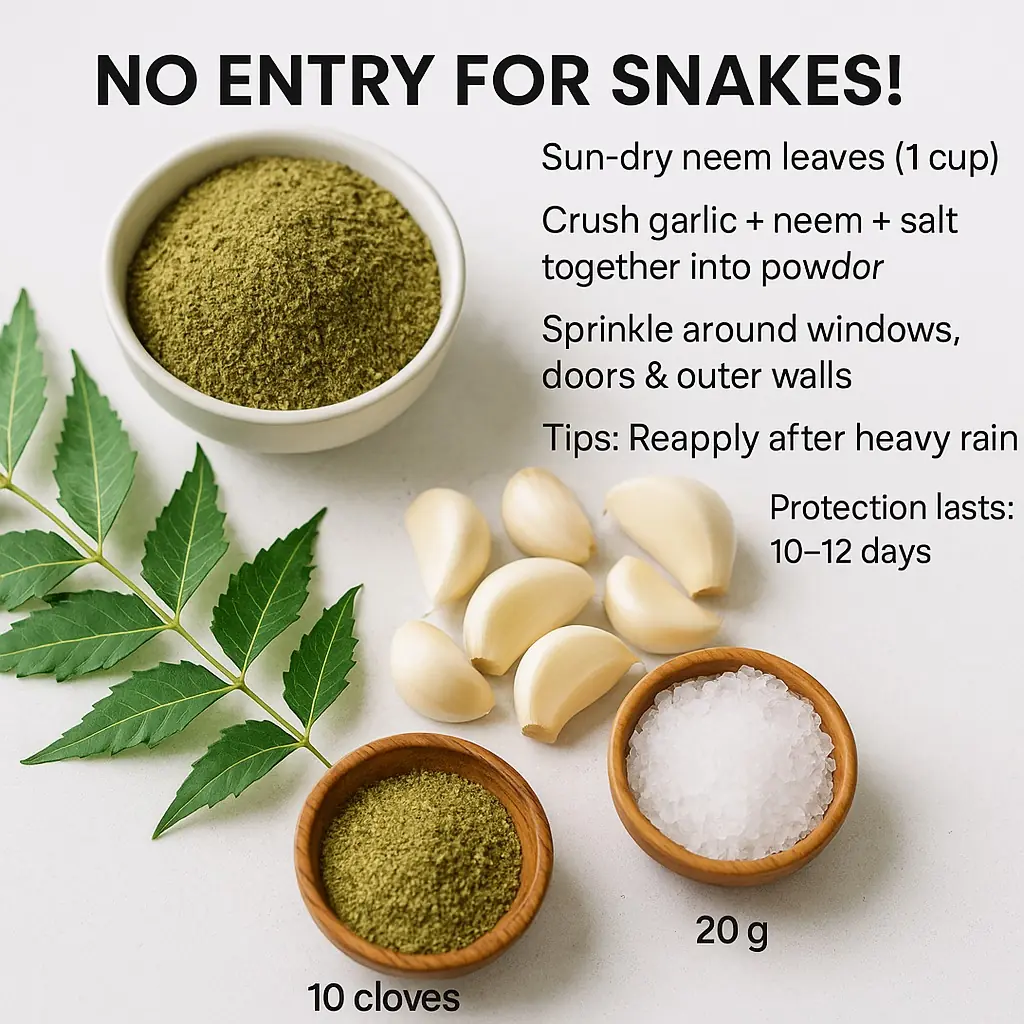
The Natural Snake Repellent That Sends Snakes Running — Safe for You, Deadly for Them 🐍❌
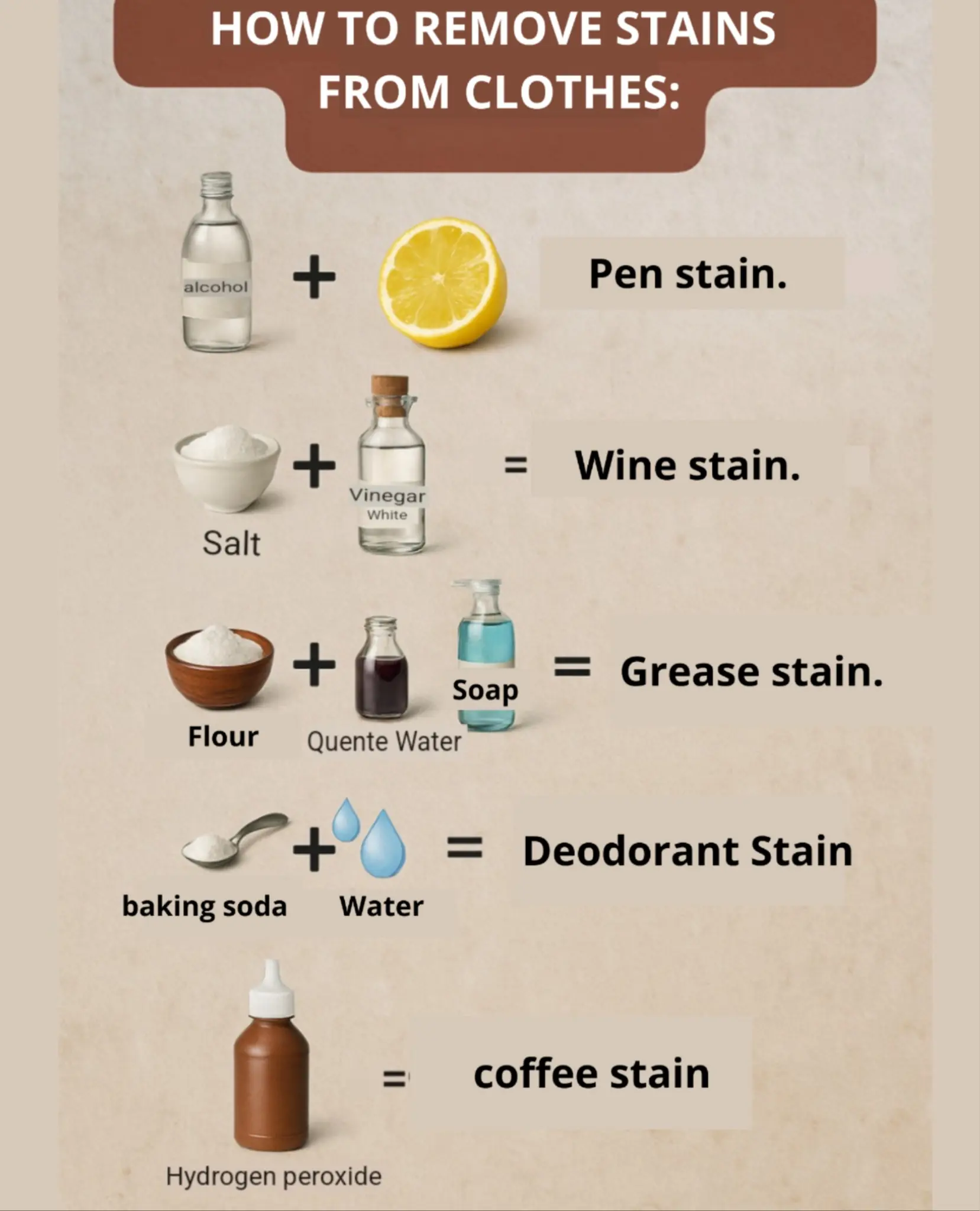
How to Effectively Remove Stains from Clothes: Simple Home Remedies That Work
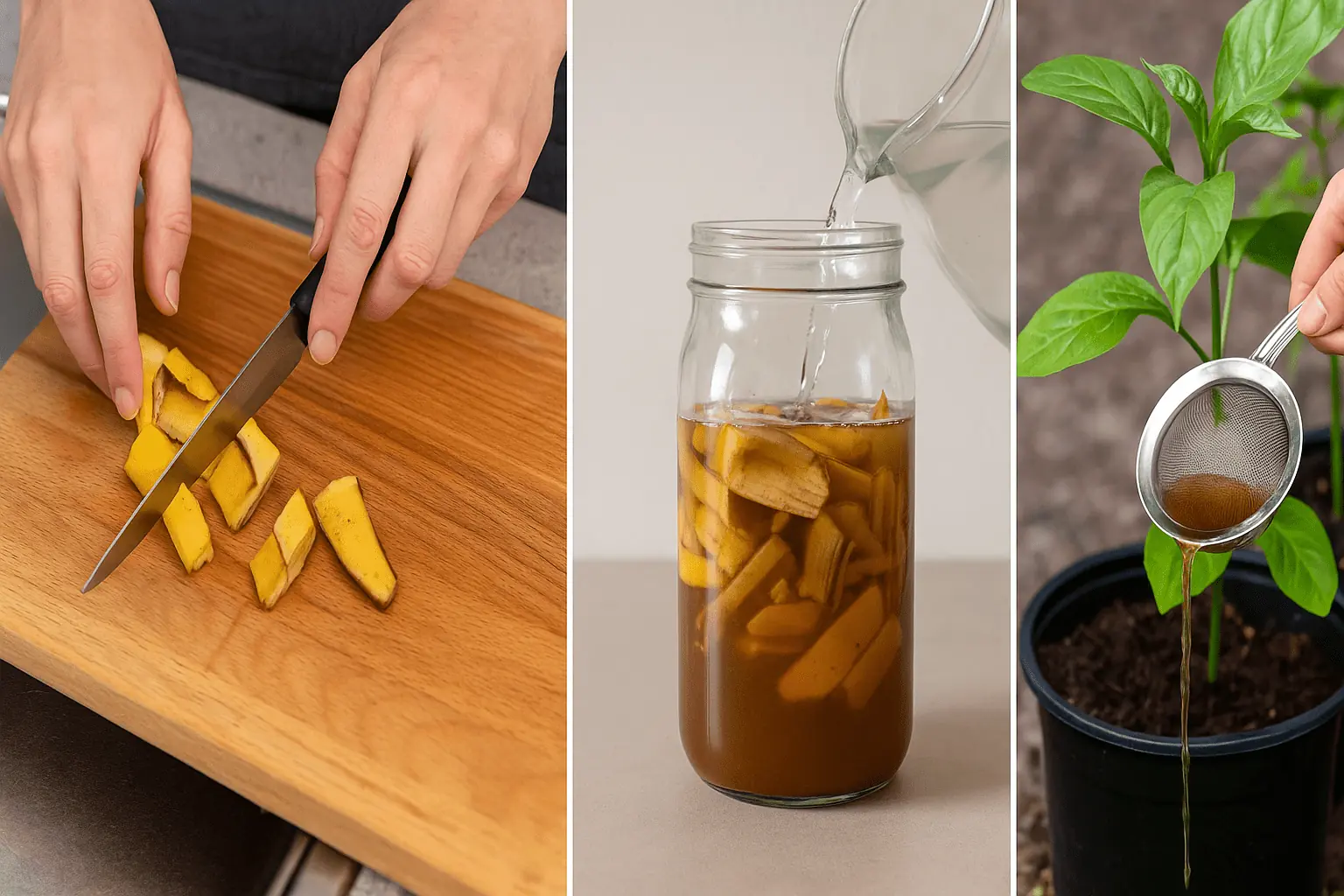
How to Transform Banana Peels into Powerful Homemade Fertilizer In Just 5 Steps
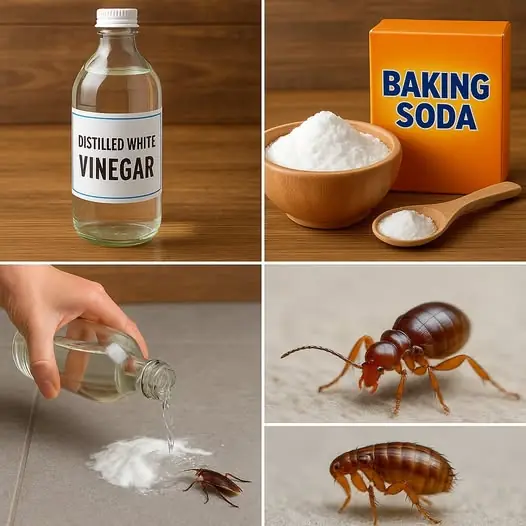
Natural Pest Control with Baking Soda & Vinegar
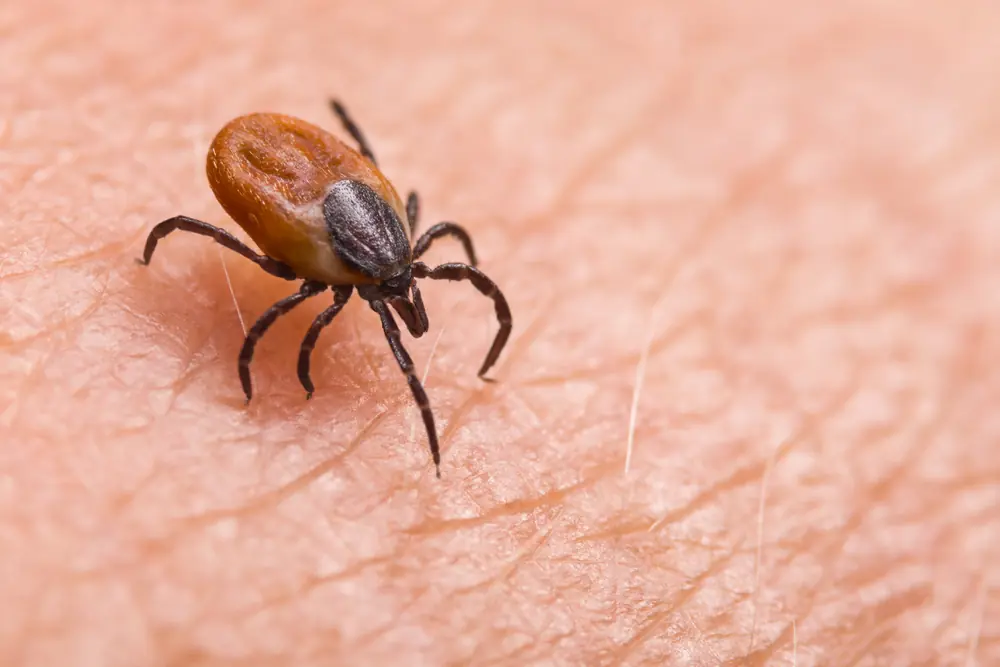
How To Properly Dispose of Ticks
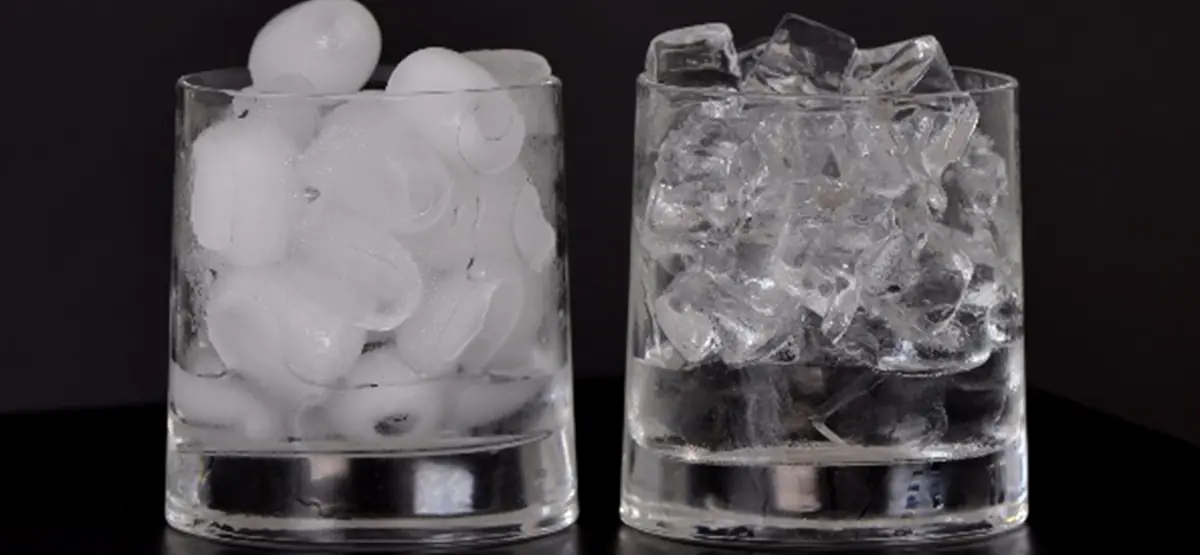
Clear vs. Cloudy Ice: Why It Happens and How to Make Crystal-Clear Ice at Home
20 Household Cleaning Products You Should Never Mix Together

A month before a stroke, your body warns you: 10 signs not to ignore
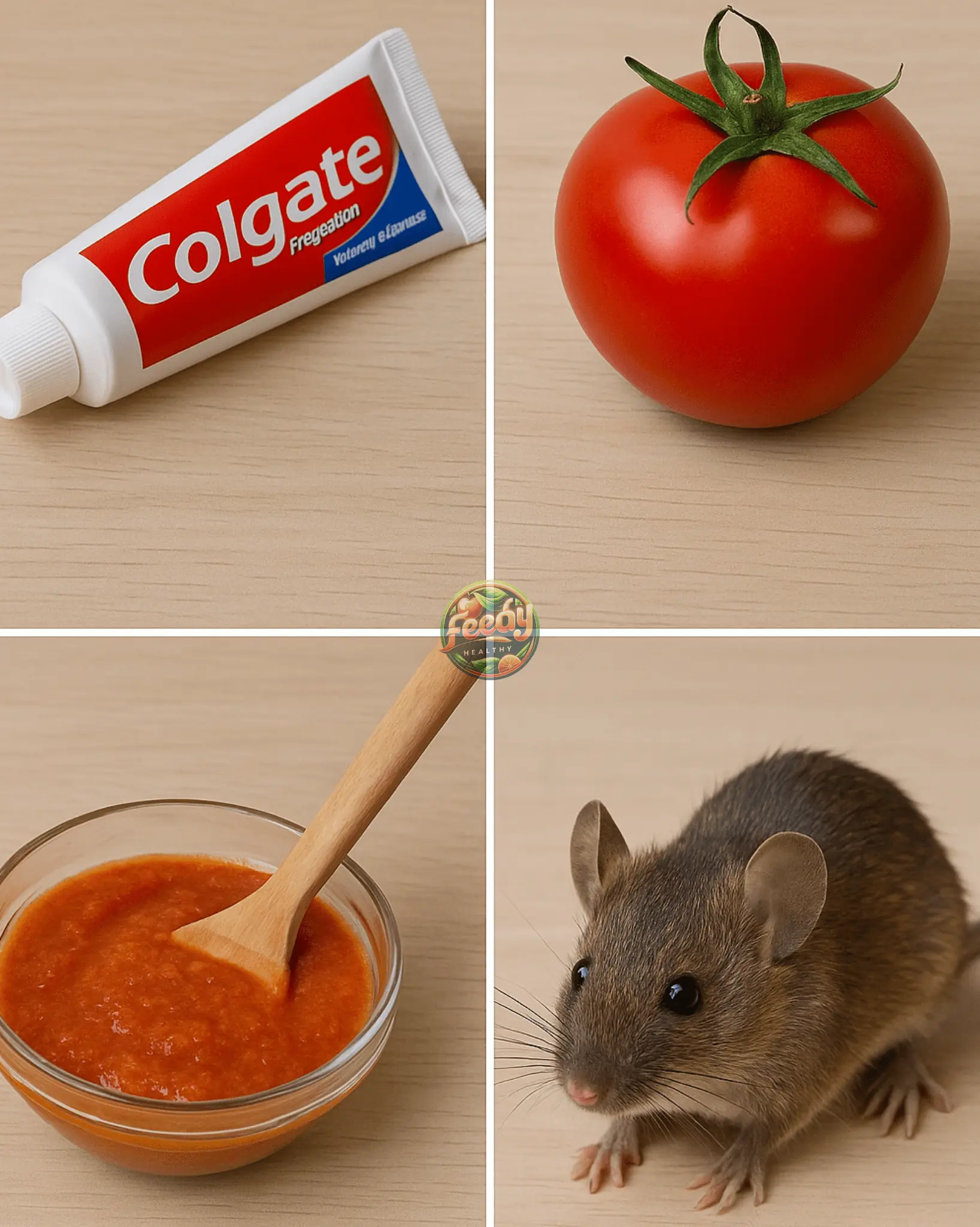
Natural Remedy to Get Rid of Rats & Mice in Your Home
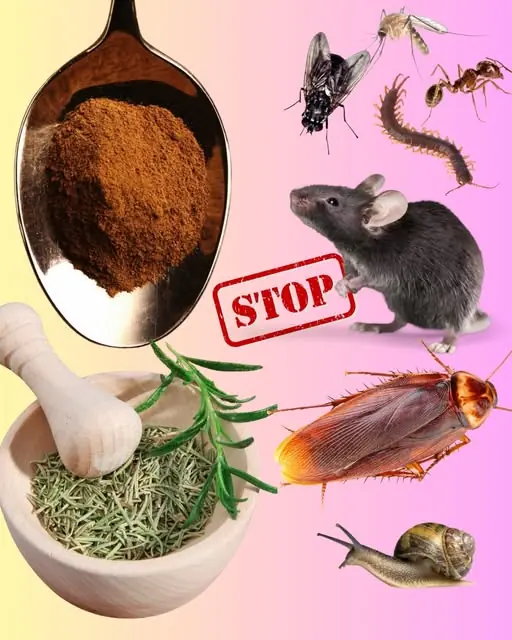
Natural Pest Repellent: Keep Your Home and Garden Safe Without Harsh Chemicals

Why keeping a lemon in your bedroom is a great idea
News Post

Street Rescue Transforms Abandoned Dog Polly into a Vibrant, Happy Companion

From Fear to Joy: The Amazing Transformation of Vito the Miracle Dog

Woman’s heartache after tragic car crash kills husband and children

8 Clear Signs He Knows He Hurt You

Unlock the Hidden Power of Bananas: 5 Hair Mask Secrets for Jaw-Dropping Shine
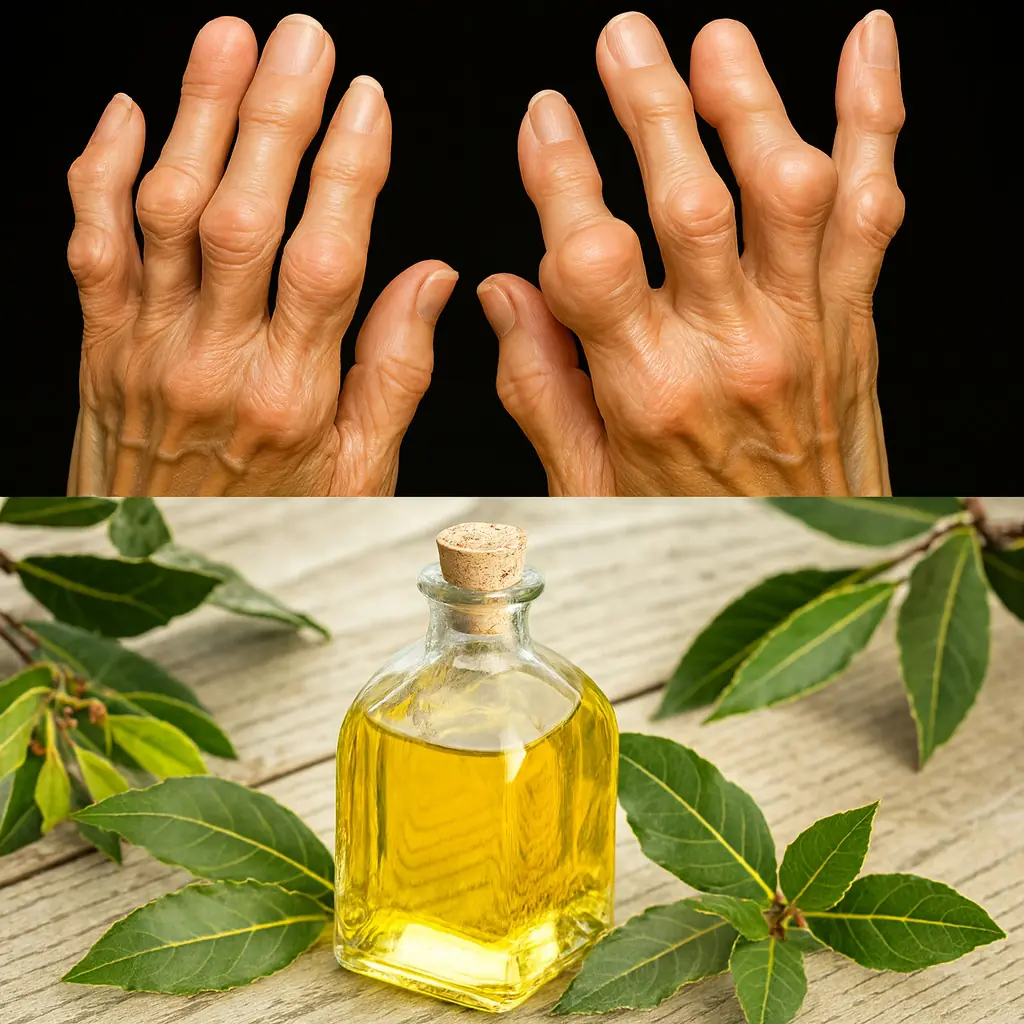
Discover the Hidden Magic of Bay Leaves: Transform Your Joint Health in Just One Week!
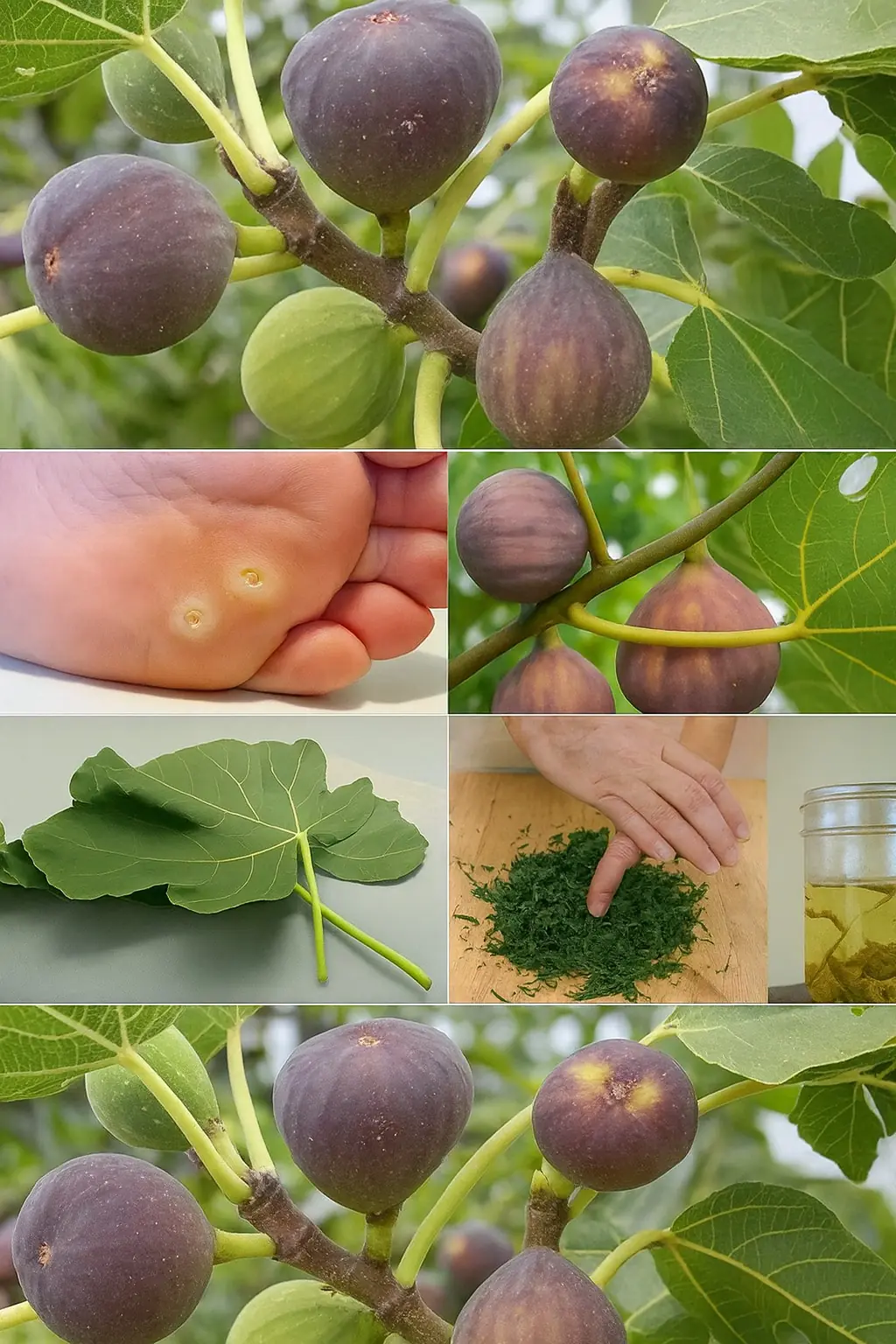
The Hidden Magic of Fig Leaves: Nature’s Unsung Hero

Unlock the Magic of Cinnamon Tea: Your Daily Ritual for Calm and Wellness 🌿
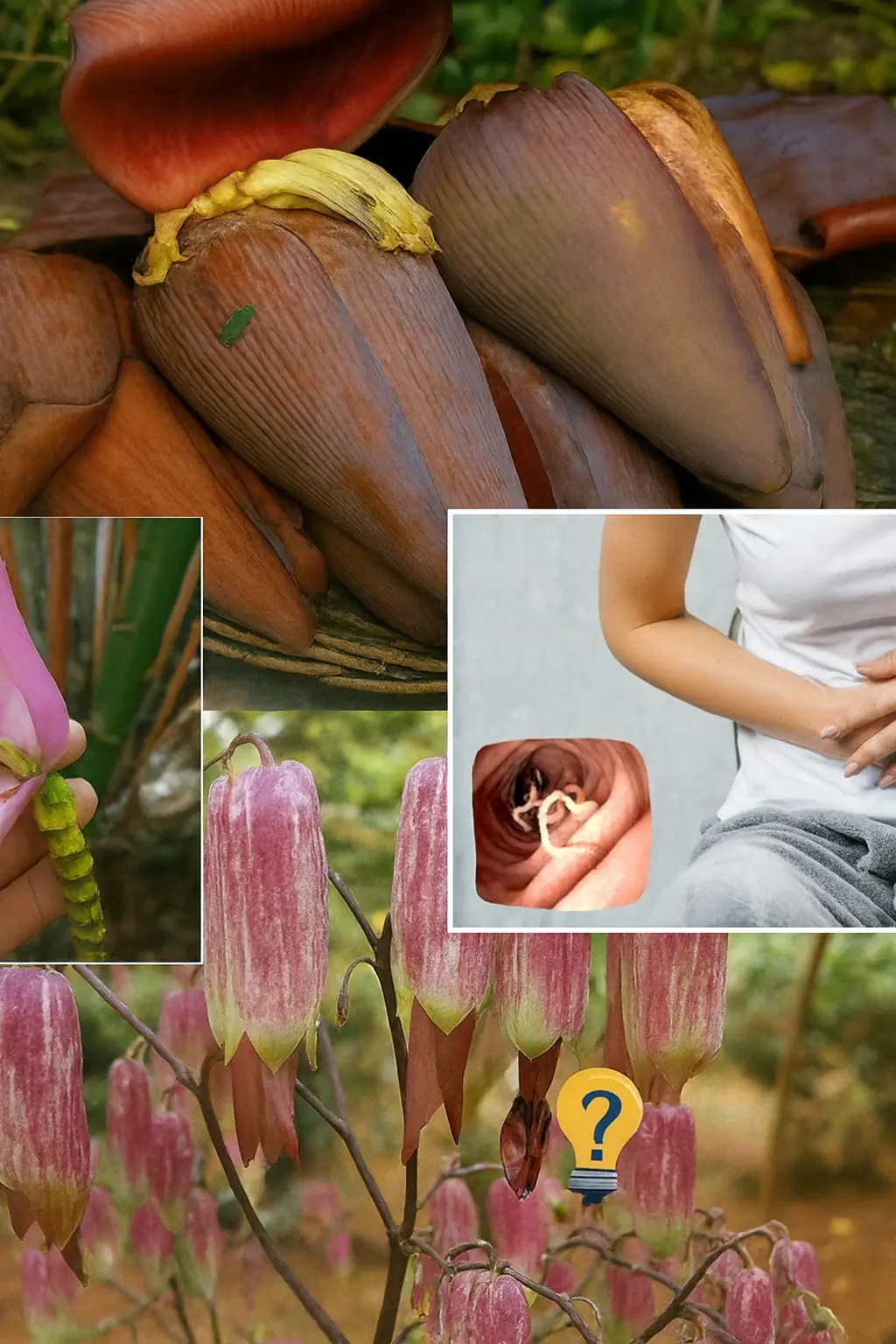
Discover the Secret Superfood: 7 Astonishing Health Benefits of Banana Blossoms You Can’t Ignore

🦶 Swollen Feet: A Sign You Shouldn’t Ignore — What Your Body Might Be Telling You

After 17 Minutes of Clinical Death, Woman Wakes Up and Says: “The Afterlife” Is Not What People Describe

🚩 19 Possible Signs of Cancer: When to See a Doctor

Apparently, Our Dogs Cry When We Come Home, Study Suggests
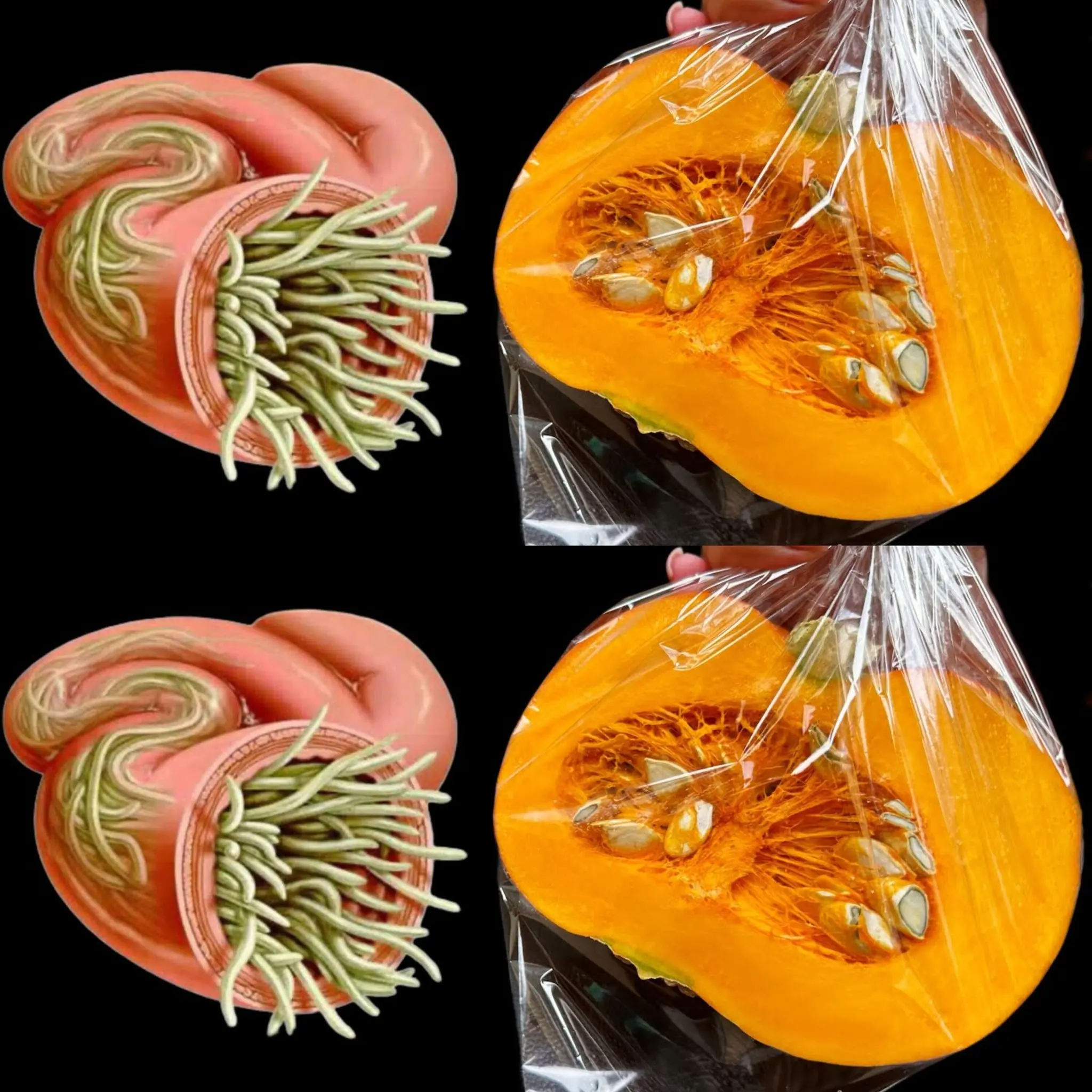
How My Grandmother Drove Out Parasites and Worms Naturally

Drink Carrot and Beetroot Juice for Surprising Benefits
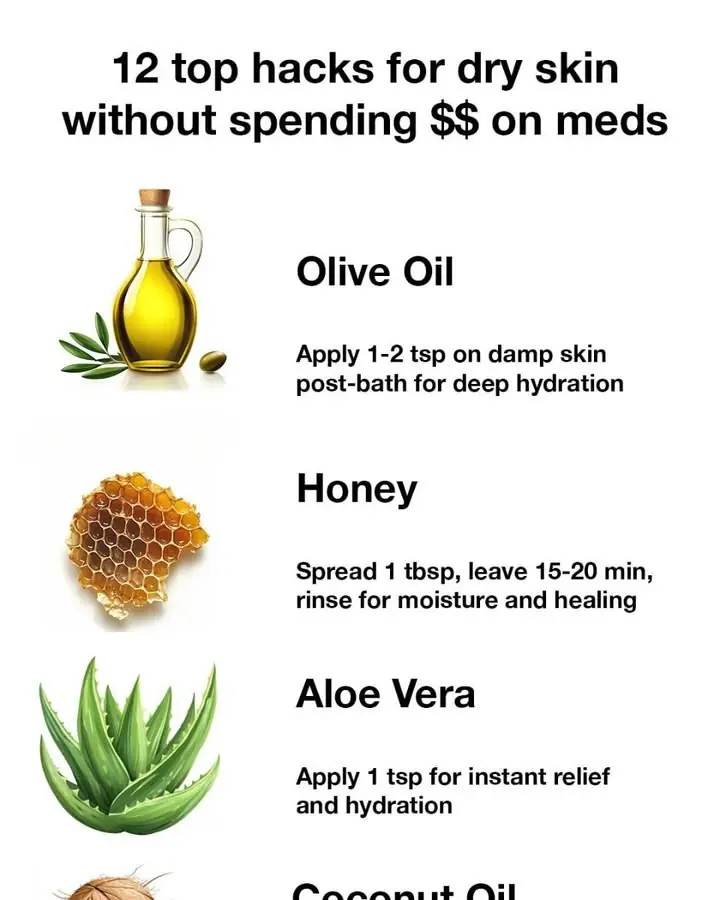
12 Top Hacks for Dry Skin Without Spending Money on Medications
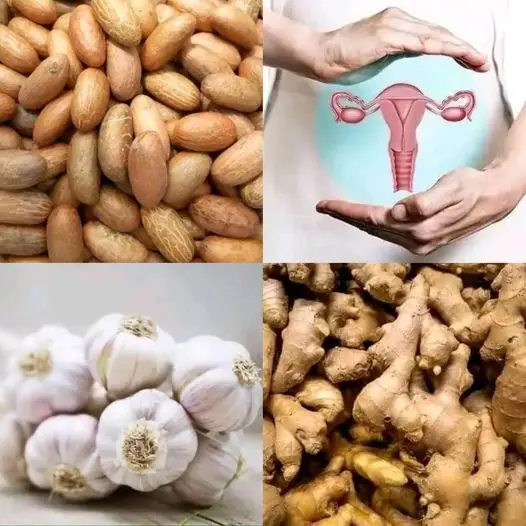
The Powerful Combination: Bitter Kola + Garlic + Ginger + Honey

Greek Chicken Gyros with Cucumber Tzatziki

20 Top Lemon Remedies for Health and Wellness
